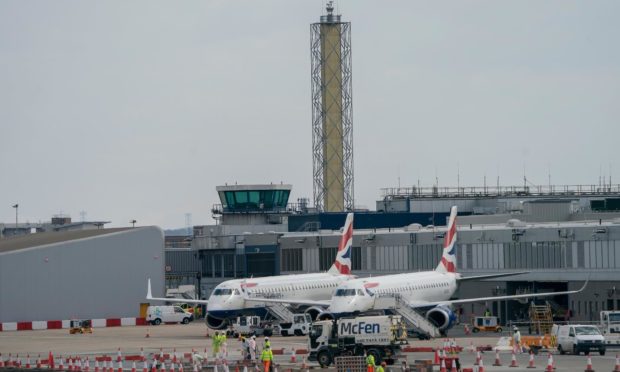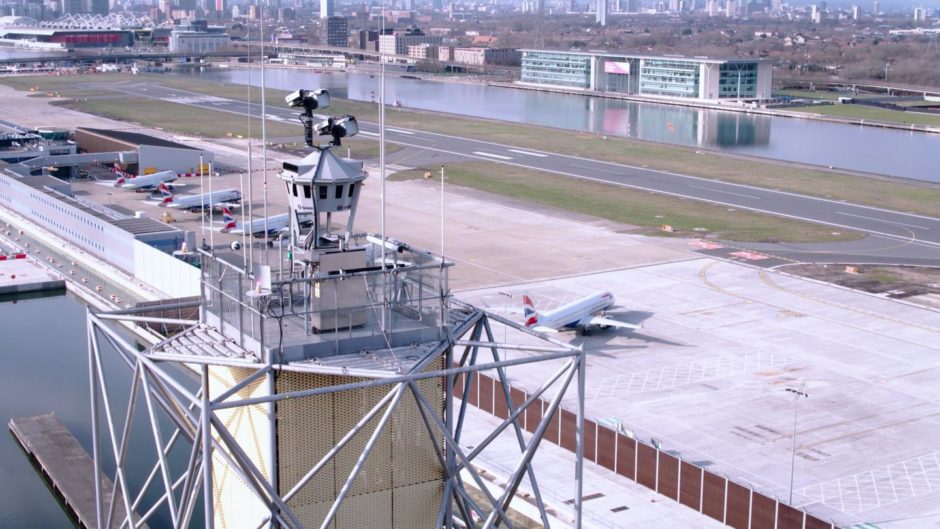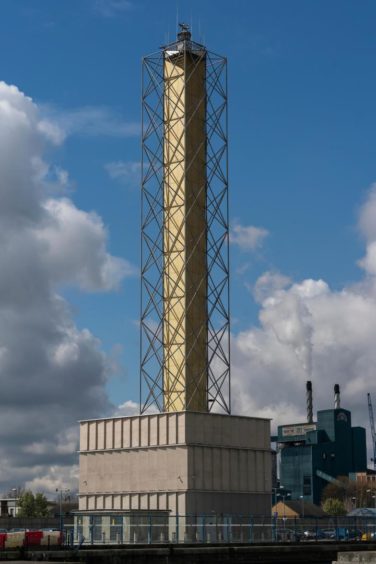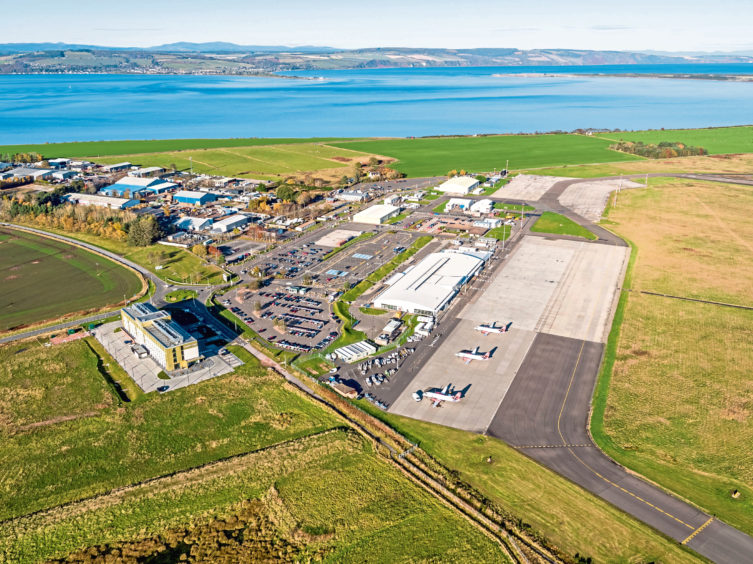Flights taking off and landing at London City Airport (LCA) are now controlled by a remote digital air traffic control tower in a sign of what is to come, under current plans, in the Highlands and Islands.
LCA is today announcing (April 30) it has become the first major international airport in the world to have its air traffic control carried out remotely.
It follows intensive testing and live trials of the revolutionary technology during lockdown.
Traffic controllers are more than 70 miles away
All flights on the summer schedule are being guided to land or take off from the heart of the London Docklands business district by air traffic controllers based more than 70 miles away at the Nats (formerly National Air Traffic Services) control centre in Swanwick, Hampshire.
LCA’s new set-up will attract interest in Scotland, where Highlands and Islands Airports Limited (Hial) is controversially planning to introduce remote air traffic control services for five of its airports: Inverness, Dundee, Stornoway, Kirkwall and Sumburgh.
The new system in London relies on an “enhanced reality” view supplied by a 164ft digital control tower.
It marks a step-change in global air traffic management and is expected to help the airport meet an expected surge in demand for flying after travel restrictions in England are eased from May 17.
LCA bosses said the multimillion-pound spend on “proven” remote digital technology marked a major milestone in the airport’s investment in its future, following the completion of new aircraft stands and a full-length parallel taxiway which became operational in December 2020.
Chief operating officer Alison FitzGerald said: “We are immensely proud to become the first major international airport to adopt this pioneering technology.
“This investment in smart infrastructure will help us meet future growth in passenger demand, improve air traffic management and give us enhanced capability as aviation bounces back from the pandemic.
“It is also a demonstration of the commitment to innovation in the UK aviation sector and to being at the forefront of defining the future of flight.”
She added: “Since going operational at the end of January, the technology has worked really well and is ready for the expected increase in demand for flights as Brits book their well-deserved summer getaways.”
Nats operations director Juliet Kennedy said the UK’s first major digital control tower was a “significant technological and operational achievement, especially against the backdrop of Covid-19”.
Ms Kennedy added: “Digital tower technology tears up a blueprint that’s remained largely unchanged for 100 years, allowing us to safely manage aircraft from almost anywhere, while providing our controllers with valuable new tools that would be impossible in a traditional control tower.”
The technology was pioneered by Saab Digital Air Traffic Solutions, which has successfully tried and tested the system at Ornskoldsvik and Sundsvall airports in Sweden.
A total of 16 high-definition cameras and sensors mounted on the mast capture a 360-degree view of the LCA airfield.
This is relayed through super-fast fibre connections to Swanwick, where traffic controllers use the live footage, an audio feed from the airfield and radar information to instruct aircraft movements in and out of the airport.
The live feed is displayed on 14 screens in the Swanwick control room to provide a panoramic moving image, which can be overlaid with digital data to provide an “enhanced reality” view.
Information such as call signs, altitude and the speed of all aircraft approaching and leaving the airport, together with weather readings and the ability to track moving objects can all be included in this single visual display. Pan-tilt-zoom cameras can magnify images up to 30 times for close inspection.
According to LCA, the technology significantly improves controllers’ situational awareness, allowing quick and informed decisions to improve safety and operational efficiency.
LCA’s digital control tower was completed in 2019 and has been through an extensive period of testing before becoming fully operational.
Hial aims to introduce remote air traffic control services, from a new Combined Surveillance Centre in Inverness, for five of its 11 airports by 2023.
In addition, air traffic control operations at Benbecula and Wick John o’ Groats airports will be downgraded to an Aerodrome Flight Information Service – meaning pilots will get advice and information, but not encounter any directly staffed air traffic control.
An independent report found the plans, which have sparked an outcry among councillors, MSPs and MPs, as well as industrial action by air traffic controllers in the north, will have a “very significant negative impact” on some island communities.
It has suggested 48 jobs will be axed, costing £2.2 million in lost salaries to the north economy.
Campaigners say plans to centralise air traffic control could cost lives













